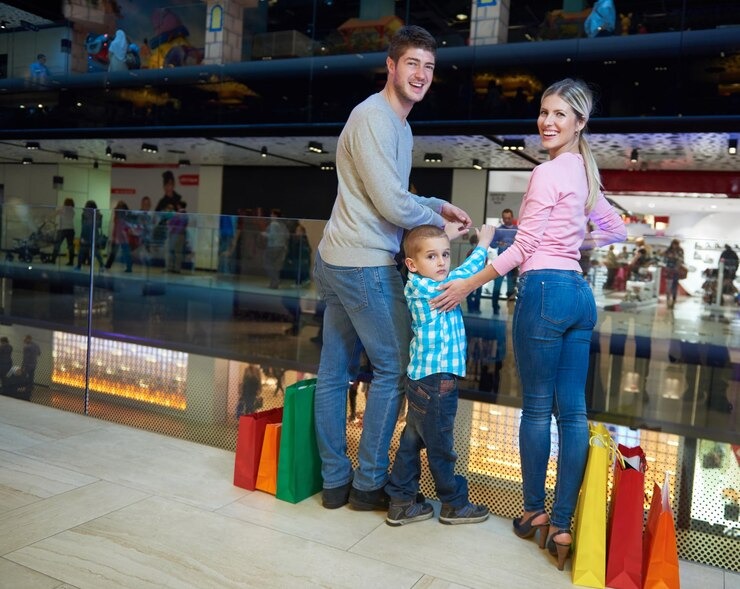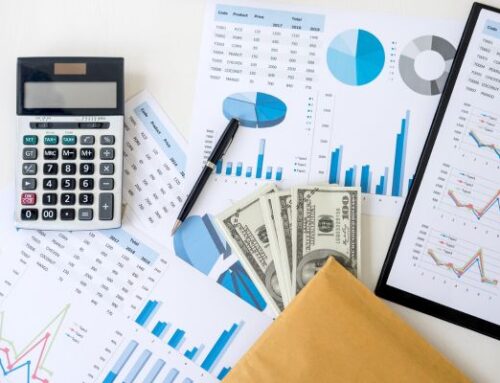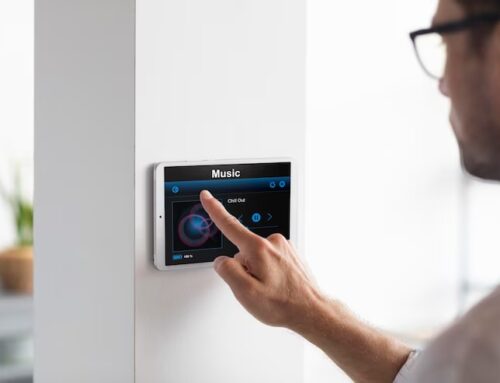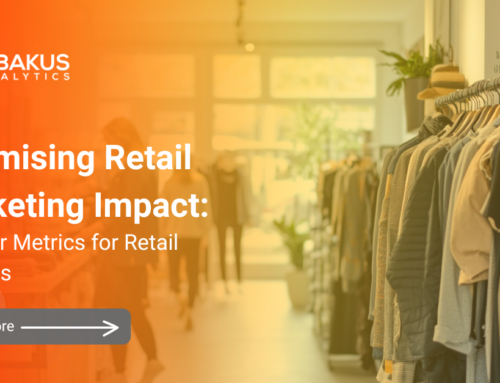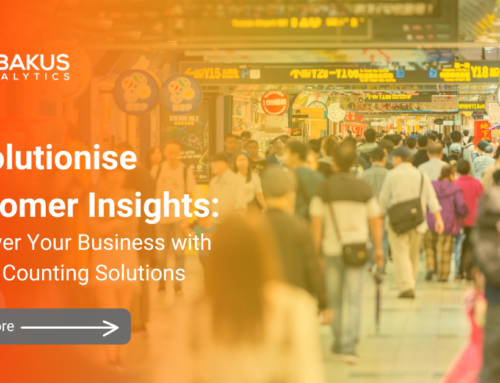What Is Foot Traffic? Meaning, Importance and Example
Do you often find your retail store understaffed at certain hours when the inflow of customers is almost exploding? Probably there’s an important aspect of managing a retail store that you haven’t given much thought to: foot traffic. What is foot traffic, and how does it even relate to being understaffed?
Foot traffic is a deal breaker, especially if you’re operating a brick-and-mortar store, café, clinic, or anything in between. It’s the heartbeat of your business—the steady (or not-so-steady) flow of people walking into your space.
Understanding what foot traffic is, and more importantly, how to use it to your advantage, could be what separates your business from the competition. It can help you influence audience targeting and day-to-day operation strategies.
What Is Foot Traffic?
Foot traffic refers to the people (whether buying, browsing, or taking shelter from rain) who walk into your business’s physical location at a given time. It’s one of the most important metrics in the retail industry or any other sector that deals with people, used to measure interest, performance, and even refine strategy.
Think of it like the digital version of website visits. But instead of tracking clicks and bounce rates, you’re counting footsteps, dwell time, and how many folks turn left at the entrance versus right.

Why Foot Traffic Matters
Still thinking, “OK, but what is foot traffic really doing for me?” Plenty. It’s your early warning system and growth gauge rolled into one. Let’s say you own a boutique in Sydney’s Oxford Street. One week, foot traffic drops by 30%. Could be weather, roadworks, or a new competitor two blocks over. But if you’re tracking it, you’ll spot patterns early and pivot quicker than if you didn’t have a clue of what’s going on.
More foot traffic usually (but not always) means more sales opportunities. But it also means more chances to create brand impressions, test in-store marketing, and try new displays or layouts.
Even a 1% increase in store visits can lead to a 1% increase in sales, assuming you’re converting well.
So, what is foot traffic doing for you? Everything from revealing peak hours to influencing staffing decisions.
How To Measure Foot Traffic
Whether the target location for which you’re measuring traffic is super busy or not, you need more accurate methods of counting people. The traditional approach includes physically counting people, where someone with a handheld gadget tracks people walking in. However, a more reliable mechanism ensures there’s no room for human error.
The traditional methods have been passed by time, and now what’s more common is automated people counting mechanisms that rely on sensors. Modern analytics methods, such as Abakus Analytics’ People Counting solution, are more accurate. These approaches often use sensors, 3D footfall cameras, and powerful software to keep track of traffic coming in and leaving a location. With this, you can track real-time occupancy, which is an essential indicator of how a store is performing.
You’re probably thinking, “Won’t such a solution violate customer privacy?” Actually, these people-counting solutions are built with people’s privacy in mind while delivering real insights. With AI-powered capabilities, the systems can filter data that could lead to privacy violations, focusing on the core requirement: counting people.
In the case of Abakus’ People Counting solution, it can help you understand where people are headed, how long they stay around, and how often they visit. It just doesn’t answer “What is foot traffic?” – it shows you the who, what, when, and why behind each visit.
A Local Bakery Bump: A Case Scenario of Foot Traffic
There are multiple ways that measuring foot traffic can make a difference in your business. A bakery in Melbourne started tracking people walking into their establishment using the Abakus People Counting solution. Within a month’s time, they noticed traffic was peaking from 7:30 to 9 am and again around 3:30 pm. No surprise there because commuters and after-school snackers are booming.
However, what they didn’t expect was the dip between 11 am and 2 pm. Using this insight, they launched a midday pie and coffee combo. The result was a 17% lift in lunchtime sales.
That is what foot traffic data can help you achieve—unveil invisible patterns and give you the power to act smart.
Methods of Boosting Foot Traffic
More foot traffic means a higher potential of making more conversions. So, your sole objective is far as traffic is concerned is to find how to boost the numbers. But how do you get more of foot traffic?
1. Improve your Storefront Appeal
Just like you’d be attracted to step into a café with a humming “Café Now Open” neon sign, the same way, you should strive to give passersby a reason to walk in. Work on your window display, signage, and lighting. These are just a few things that can make or break someone’s decision to pop in.
2. Run Local Promos
Think of chalkboard specials, community events, or even introducing “happy hour” pricing. These can attract passers-by who had no plan of visiting your store.
3. Enter into Partnerships
Team up with neighbouring stores and outlets for cross-promotions. A clothing boutique might offer a discount if customers come with a receipt from the hair salon next door, and vice versa.
4. Leverage Foot Traffic Data
Yes, we’re tooting our own horn here, but hear us out. Using real-time data from platforms like Abakus Analytics, you can spot when you’re busiest and when it’s dead quiet. Tailor your staffing, promotions, and floor layout accordingly.
5. Seasonal Adjustments
Foot traffic isn’t static. It varies with seasons, holidays, school breaks, and major events. Being aware of local foot traffic trends (Melbourne Cup Day or Sydney Mardi Gras) can help you ride the wave.
6. Intensify Your Online Marketing
Online presence and offline traffic aren’t mutually exclusive. In fact, they’re best mates. A strong digital campaign can bring in more people through the door. Implement geo-targeted ads, run Instagram campaigns, and have a Google My Business listing. All of these work in sync to drive foot traffic visits.
Analysing Foot Traffic: Does More Traffic Mean More Sales?
We’re now on the same page when it comes to understanding “what is foot traffic?” Next, we debunk another crucial perception about foot traffic. It’s worth saying: more foot traffic doesn’t always equal more sales. If people are coming in but leaving empty-handed, you might have a different issue. That’s why it’s vital to track not just the volume of visitors, but what they’re doing inside your store.
Capturing foot traffic data is one task, making sense of that data is another. Through analytics tools, you can make sense of collected traffic data by generating reports and visualisations. A tool that helps you track footfall should also have features that let you see patterns, trends, and compare data across locations over time.
A capable foot traffic analytics tool like Abakus Analytics has an intuitive, user-friendly interface with the ability to produce charts, graphs, among other visual data representations.
Why Choose Abakus Analytics?
Our People Counting solution is built using high-level technologies for capturing and analysing traffic data. It relies on highly accurate 3D sensors, strategically installed at entry points and exits, for a 99% accuracy on traffic and occupancy count. Our solution generates real-time traffic data about people coming in and leaving a location.
Abakus offers powerful cloud analytics that can identify trends and patterns over a period across several locations. This, in turn, can help you get a more accurate picture of how your business (retail store, shopping centre, restaurant, hospital, etc) is performing.
Integrate the traffic data with your POS among other data processing points to get contextual analysis so you can retrieve actionable insights. And with the advancing AI, smart sensors, and predictive analytics, Abakus can help you understand your foot traffic even better. We’re talking about behaviour segmentation and heatmaps for next-level insights.
Conclusion
So, what is foot traffic? It’s the start of better decisions, happier customers, and smarter business growth. Foot traffic isn’t just about the number of people stepping into your business. It’s about who walks in, what they do, and what you learn out of it.
In today’s business world, where every visit counts, knowing the flow of foot traffic is the single most important competitive advantage you need. Here at Abakus Analytics, we make it simpler, insightful, and scalable to understand and leverage foot traffic.
Ready to discover what our People Counting solution can do for your business? Start your free trial here.


